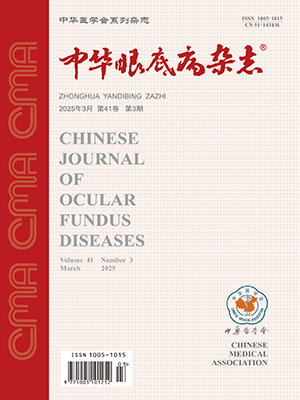Objective To observe the clinical manifestations and the effect factors of thyroid-associated ophthalmopath (TAO) with optic neuropathy. Methods The clinical data of 62 cases (120 eyes) of TAO with optic neuropathy diagnosed in 1994-2001 were retrospectively analyzed. Results The incidence of TAO with optic neuropathy was 18.3% in all the simultaneous TAO inpatients, and was more frequently found in the male than in the female ones. The incidence of TAO with optic neuropathy was correlated with orbitono-increase, ocular myopathy, hypertension, hyperlipemia, diabetes, and cardiopathy (P<0.0000), but not with exophthalmos, intraocular pressure, and the disease course of TAO (P gt;0.05). In 62 patients with the methylprednisolone pulse therapy, the visual acuity improved in 33 (29.0%), improved while the treatment but decreased after stop treating in 29 (24.2%), and no changes in 58 (46.8%). In 63 eyes undergone orbital decompression with methylprednisolone pulse therapy, 59 (93.7%) had better visual acuity. Conclusion The incidence of TAO with optic neuropathy was correlated with orbitono-increase, ocular myopathy, hypertension, hyperlipemia, diabetes, and cardiopathy. Met hylprednisolone pulse therapy and orbital decompression are the effective measures for TAO with optic neuropathy. (Chin J Ocul Fundus Dis,2004,20:142-144)
Citation: WU Zhongyao,HE Jianfeng,YANG Huasheng. Clinical analysis of thyroid-assocaited ophthalmopathy with optic neuropathy. Chinese Journal of Ocular Fundus Diseases, 2004, 20(3): 142-144. doi: Copy
Copyright © the editorial department of Chinese Journal of Ocular Fundus Diseases of West China Medical Publisher. All rights reserved




